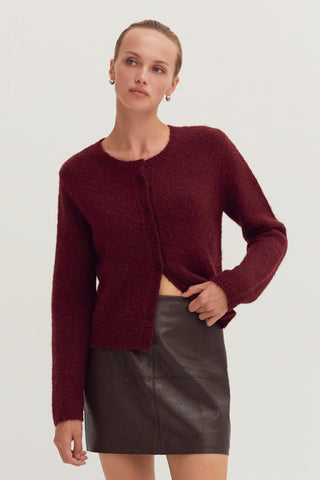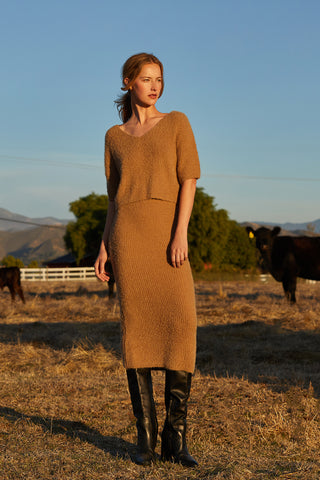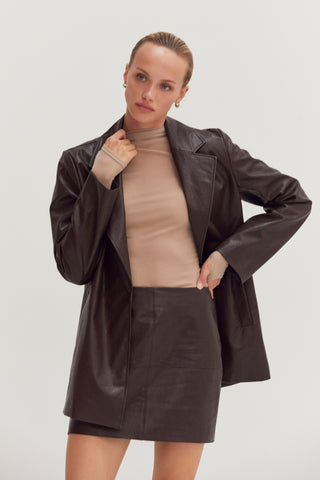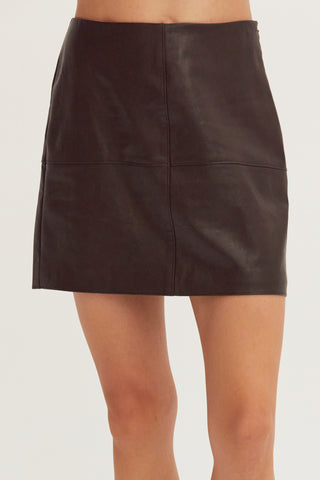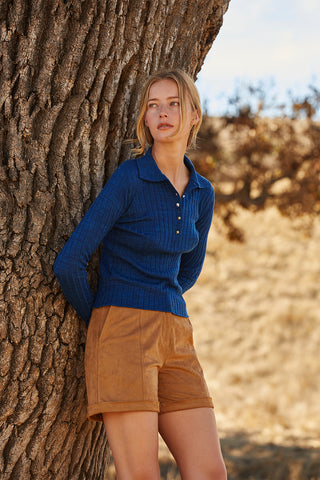- Slow fashion values quality craftsmanship, ethical labor, and environmental responsibility.
- Timeless design and versatile basics will always outlast trends, making them a smarter investment for your wardrobe.
- Make responsible fashion choices and give each item a story by cherishing it until it’s ready to be passed on.
There’s a certain thrill in acquiring the freshest styles and becoming one of those standing at the forefront of mainstream fashion. But this pursuit of the “new” often comes at the expense of individual expression, the health of our planet, and the dignity of the unseen hands that craft the clothes we so easily discard.
The slow fashion movement is a response to this cycle of excess. It encourages conscious consumerism and honoring each piece of clothing till it has been truly lived into the fullest. Let’s understand it in more depth.
What is Slow Fashion?

Fashion brands that mass-produce trendy clothing prioritize speed and volume over integrity. The prices seem appealing at first, until the fabric pills and the seams loosen after just a few wears. Even if the garment remains intact somehow, it becomes an outdated style only a couple of months down the line.
Slow fashion, on the other hand, values high-quality craftsmanship and responsible production. Brands that are part of the slow fashion movement often have a slower turnover as they dedicate more time to designing timeless pieces, sourcing eco-conscious fabrics, and perfecting the details of the finished products. They ensure minimal wastage and ethical labor by working in smaller batches.
So when you choose slow fashion, you get high-quality clothes that transcend seasons and are produced with minimal impact on the environment and workers. This is what slow fashion is.
Why the Slow Fashion Movement Matters

The culture of trendy wear-and-throw clothes has become a scourge on the planet. The landfills are overflowing, the water is contaminated with microplastics, and carbon emissions continue to rise. Those bargain clothes come at a grave cost to ecosystems.
If you think they’re still worth it, consider how it impacts you personally. Most of these garments are made from synthetic fibers and treated with harsh chemicals that can cause skin irritation.
Investing in slow fashion is what’s best for both you and the planet. Quality garments feel better, hold their shape through repeated wear, and remain relevant season after season.
Building a Wardrobe That’s Stylish & Enduring

The biggest misconception about slow fashion clothes is that they’re not stylish. How you perceive style is subjective, but timeless design will always outlast passing fads. Take a look at Crescent’s eco-conscious collection, for example. Every piece is a classic. The silhouettes are minimalist, but with a clean, contemporary feel that stays fresh year after year.
To build a sophisticated and evergreen wardrobe, you have to be mindful of your choices, and that’s exactly what the slow fashion movement is. Buy less but better. Invest in versatile basics that can be styled numerous ways. Cherish each item until it has lived a full life, or pass it on when you’re ready to part with it.
Let’s embrace responsible fashion that feels good to wear and even better to stand behind.



